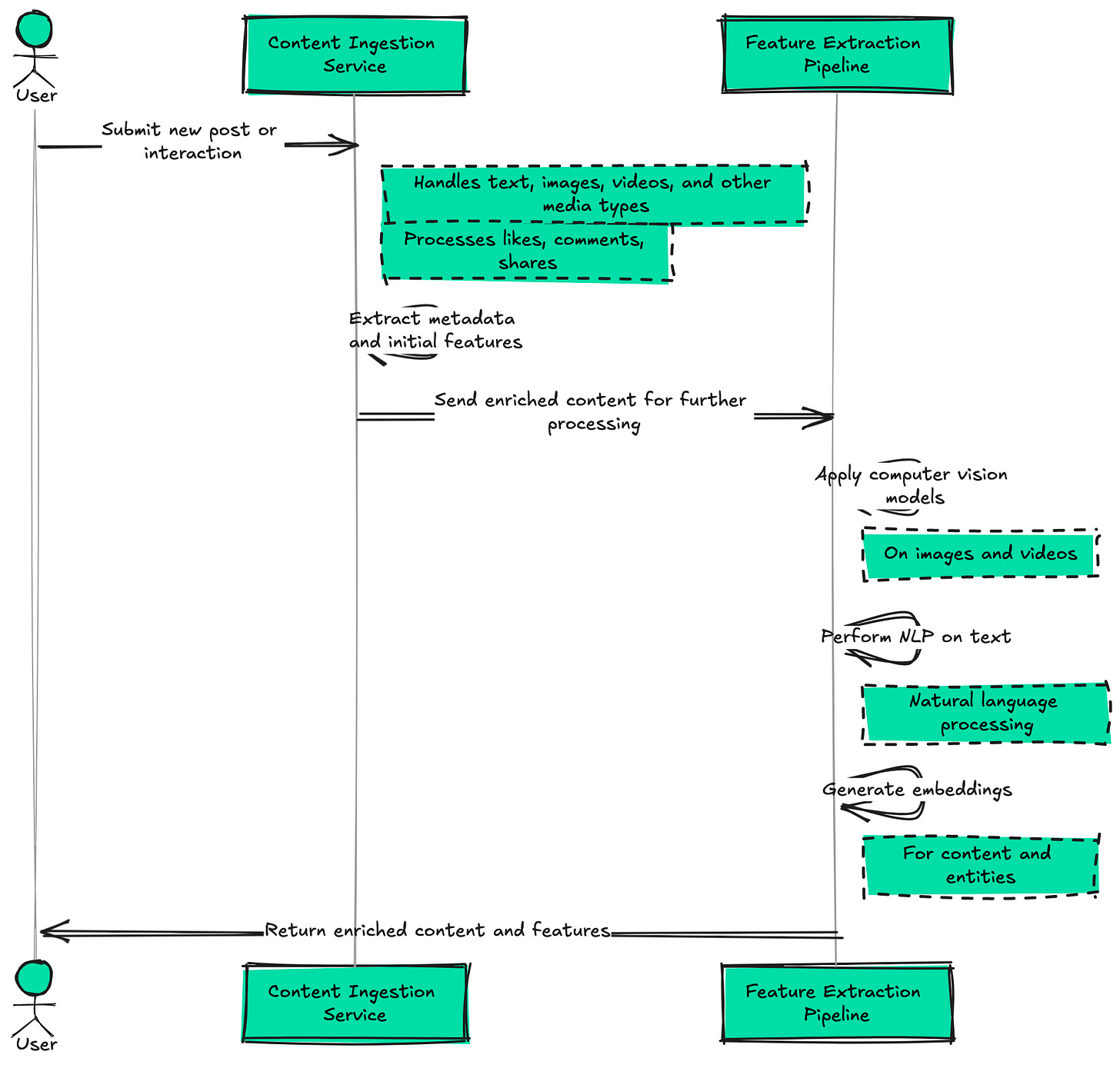[System Design Tech Case Study Pulse #82] 2.9 Billion Daily Active Users : How Facebook News Feed Algorithm Actually Works
With detailed explanation and flow chart....
Hi All,
Facebook's News Feed Algorithm is a engineering marvel, capable of serving personalized content to 2.9 billion daily active users with less than 50ms latency, leveraging PyTorch for machine learning and Cassandra for data storage. This sophisticated system forms the core of Facebook's user experience, delivering relevant and engaging content to users in real time.
Let me deep into how this system works, exploring the key components, technologies, and processes that enable such massive scale, low latency content delivery.
Learn how to Design Facebook Newsfeed
We will continue to add a growing amount of system design, projects and ML/AI content. Ignito ( this publication) urgently needs you and your support (else Ignito will shut down). If you like Ignito publication and my work please support with some ( even a small amount is good) help/donation : Link
System Overview
Daily Active Users (DAU): 2.9 billion
Posts processed daily: 4+ billion
Peak requests per second: 10 million+
Average feed generation time: < 50ms
ML model inference time: < 10ms
Cassandra read latency: < 5ms for 99% of queries
PyTorch models in production: 1,000+
Features considered per post: 100,000+
Data points processed daily: 100+ trillion
Global data centers: 15+
Edge locations: 100+
System availability: 99.99%
Learn system design pulses -
[System Design Pulse #3] THE theorem of System Design and why you MUST know it - Brewer theorem
[System Design Pulse #4] How Distributed Message Queues Work?
[System Design Pulse #5] Breaking It Down: The Magic Behind Microservices Architecture
[System Design Pulse #6] Why Availability Patterns Are So Crucial in System Design?
[System Design Pulse #7] How Consistency Patterns helps Design Robust and Efficient Systems?
[System Design Pulse #9] Why these Key Components are Crucial for System Design.





